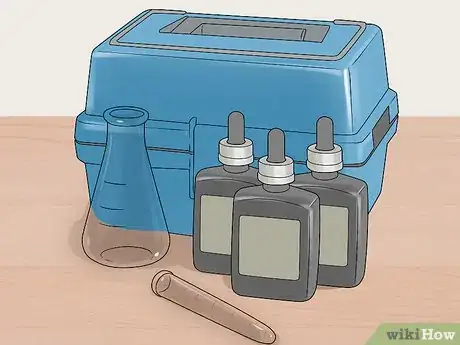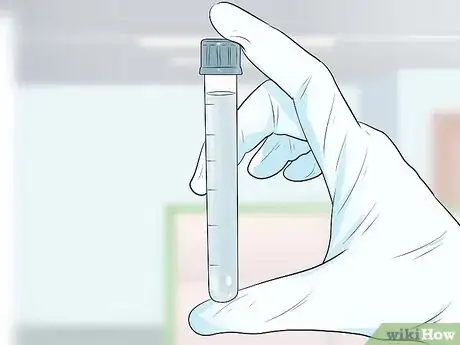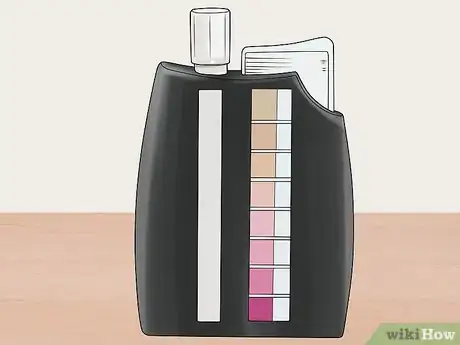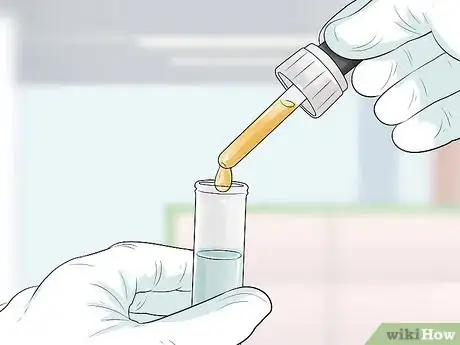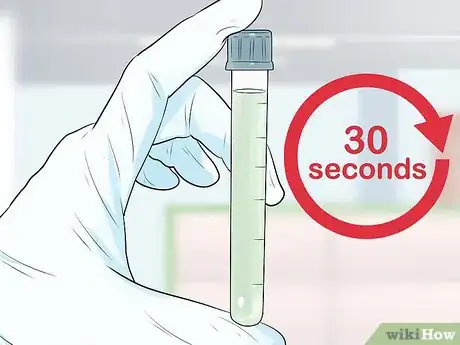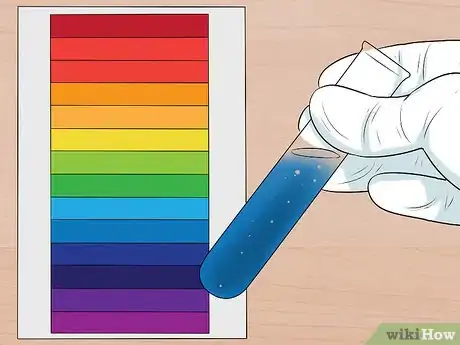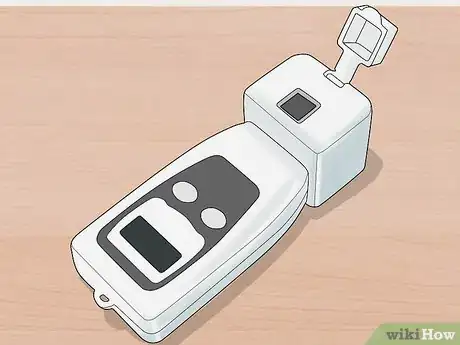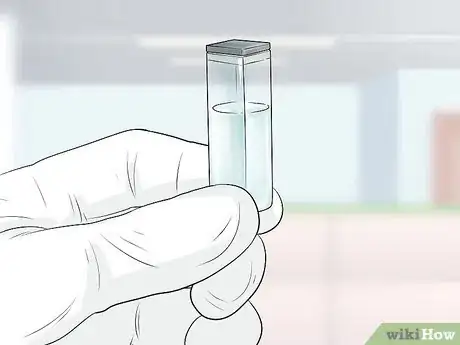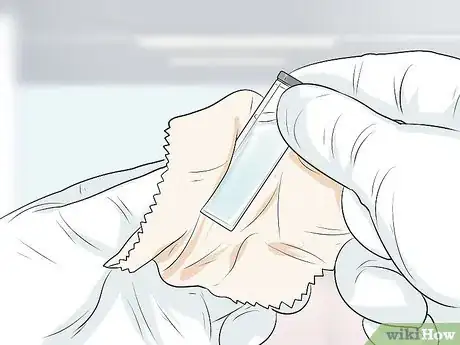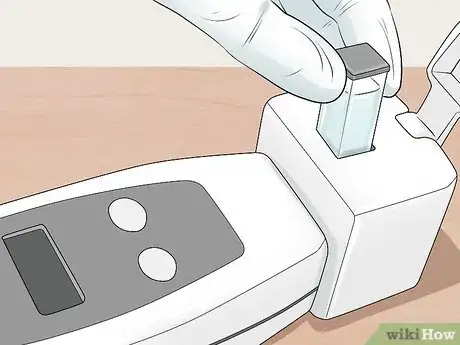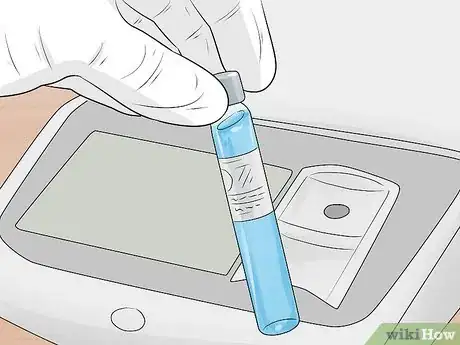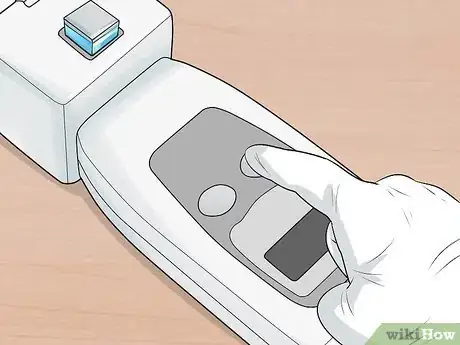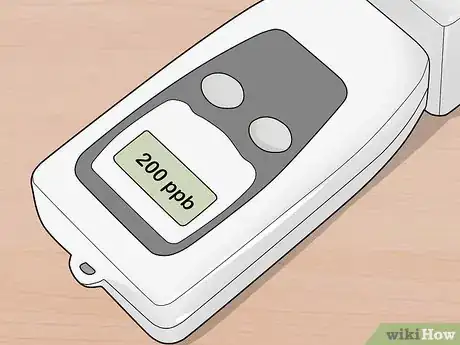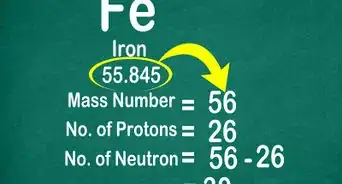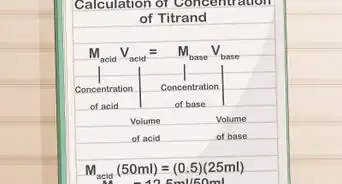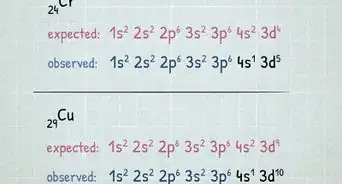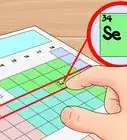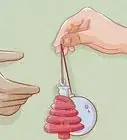This article was co-authored by wikiHow staff writer, Amy Bobinger. Amy Bobinger has been a writer and editor at wikiHow since 2017. She especially enjoys writing articles that help people overcome interpersonal hurdles but frequently covers a variety of subjects, including health and wellness, spirituality, gardening, and more. Amy graduated with a B.A. in English Lit from Mississippi College in 2011 and now lives in her hometown with her husband and two young sons.
There are 7 references cited in this article, which can be found at the bottom of the page.
This article has been viewed 22,059 times.
Learn more...
Phosphate is a naturally-occurring element that is essential to supporting life, but too much of it can cause an overgrowth of algae.[1] Whether you’re monitoring your pool water or aquarium or you’re just looking for a cool science experiment to do, it’s easy to test for phosphate in your water!
Steps
Using a Test Kit
-
1Purchase a phosphate test kit from a pet store or pool supply store. Since high levels of phosphate cause algae to grow, phosphate test kits are often sold where aquarium and pool supplies are sold.[2]
- Popular test kits include the Hach Test Kit, Model PO-19, the CHEMets Visual Kit K-8510, and the LaMotte Phosphate Test 3114-02.
-
2Fill the sample cup or test tube with the water you are testing. Different kits will require different amounts of water but most range from 5–25 millilitres (0.34–1.69 US tbsp). The water must be completely clear in order to receive accurate results from a test kit.
- If you're testing water that isn't clear, like water from a stream, allow the water to sit undisturbed for about 15 minutes so the sediment can settle to the bottom of the tube.
Advertisement -
3Place the tube in the color comparator box if your kit has one. A color comparator box has a window that will show the color of the water as well as a color disc for comparison purposes.
-
4Add the reagent to your water sample. The chemicals that are added to test for phosphate may vary, but ammonium hepamolybdate and stannous chloride reagent are commonly used. Your reagents should come in a sealed package in your test kit and may be a powder, liquid, or tablet. Read the instructions with your kit to know how much reagent to add.
-
5Wait the amount of time recommended in the instructions. Some test kits can produce results in as little as 30 seconds, while others need up to 5 minutes for the reagents to fully react with the phosphate in the water.[3]
-
6Compare the color of the water to the chart that is included in your kit. When phosphate reacts with the reagents in the kit, the water will turn blue. The depth of the shade of blue indicates how much phosphate is present in the water.[4]
Using a Spectrophotometer
-
1Purchase a pocket spectrophotometer online or at a laboratory supply store. A spectrophotometer uses light to measure the concentration of a chemical in a substance such as water. While professional-level spectrophotometers can cost thousands of dollars, you can get a low-range version starting at around $50 USD.[5]
- If you don’t want to purchase a spectrophotometer, contact the chemistry department at a high school or university near you and ask if they have one you can use. You will likely need to bring your sample to the campus laboratory.
-
2Fill a clean cuvette with your water sample. A cuvette is basically a test tube, but it is usually square or rectangular in order to eliminate refraction. Pour clear water into the cuvette to the fill mark near the top.[6]
- If the water isn't clear, allow it to sit for 15 minutes so sediment can settle to the bottom.
-
3Wipe down the cuvette with a microfiber cloth to remove oil or fingerprints. Any smudges on the surface of the cuvette might throw off the light as it passes through the water, giving you a false reading.[7]
-
4Place the cuvette into the spectrophotometer and press the button. There should be a button on the front of the spectrophotometer that you will press when you're ready to begin testing. Allow the machine to calibrate until it prompts you to add your reagent.
-
5Add the reagent that is included with your spectrophotometer. The reagent for a spectrophotometer comes in small, pre-measured packets. The reagent is made from ascorbic acid and produces a blue color in the water you are testing. If you don’t have the reagent, you may have to order refills online before you can test your water.[8]
-
6Press and hold the spectrophotometer button after adding the reagent. The machine will show a countdown of how much time the sample needs to sit. Do not disturb the meter during the countdown.
-
7Read the display to determine the concentration of phosphate in your water. The reading will be displayed in parts per billion, or ppb. Levels of phosphate in unpolluted water can range from less than 1 ppb to more than 200 ppb, depending on the rocks and organic material present in the water.[9]
Warnings
- The chemicals used in your test kit may be dangerous, so wear protective gear like safety glasses and rubber gloves if the kit indicates that this is recommended.⧼thumbs_response⧽
References
- ↑ https://www.cityofvancouver.us/sites/default/files/fileattachments/public_works/page/18517/water_quality_nitrate_and_phosphate.pdf
- ↑ https://www.epa.gov/nutrientpollution/problem
- ↑ https://www.cityofvancouver.us/sites/default/files/fileattachments/public_works/page/18517/water_quality_nitrate_and_phosphate.pdf
- ↑ http://onlinelibrary.wiley.com/doi/10.1002/jsfa.2740060408/abstract
- ↑ https://chem.libretexts.org/Core/Physical_and_Theoretical_Chemistry/Kinetics/Reaction_Rates/Experimental_Determination_of_Kinetcs/Spectrophotometry
- ↑ https://www.rose-hulman.edu/~brandt/Fluorescence/Absorbance_Spectroscopy.pdf
- ↑ https://www.hrwc.org/wp-content/uploads/2015/03/Phosphate3-2015.pdf
- ↑ https://www.hrwc.org/wp-content/uploads/2015/03/Phosphate3-2015.pdf
- ↑ http://files.dnr.state.mn.us/eii/factsheets/phosphorus_concentration.pdf
About This Article
To test for phosphate using a test kit, fill a sample cup with the water you want to test and add the reagents included in the kit. Next, place the lid on the sample cup and shake it so that the contents are mixed well. Read the instructions on the kit to know how long to allow the color to develop. Finally, match the color of the water to the color disc included in the kit. If you want to know how to use a spectrophotometer to test for phosphate, keep reading!
